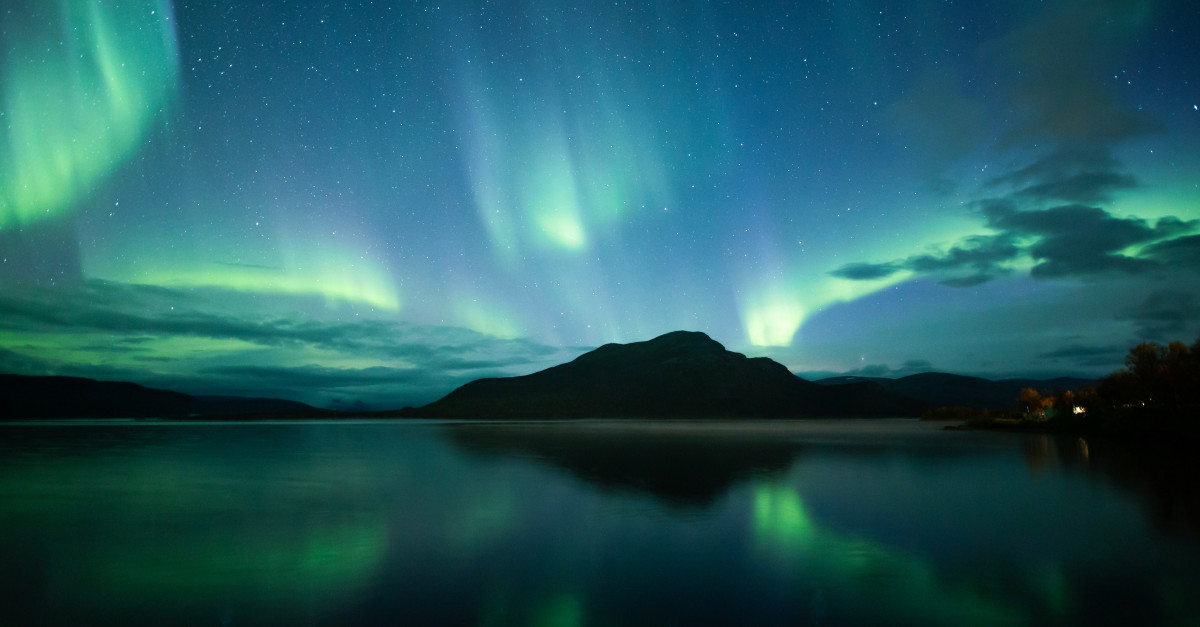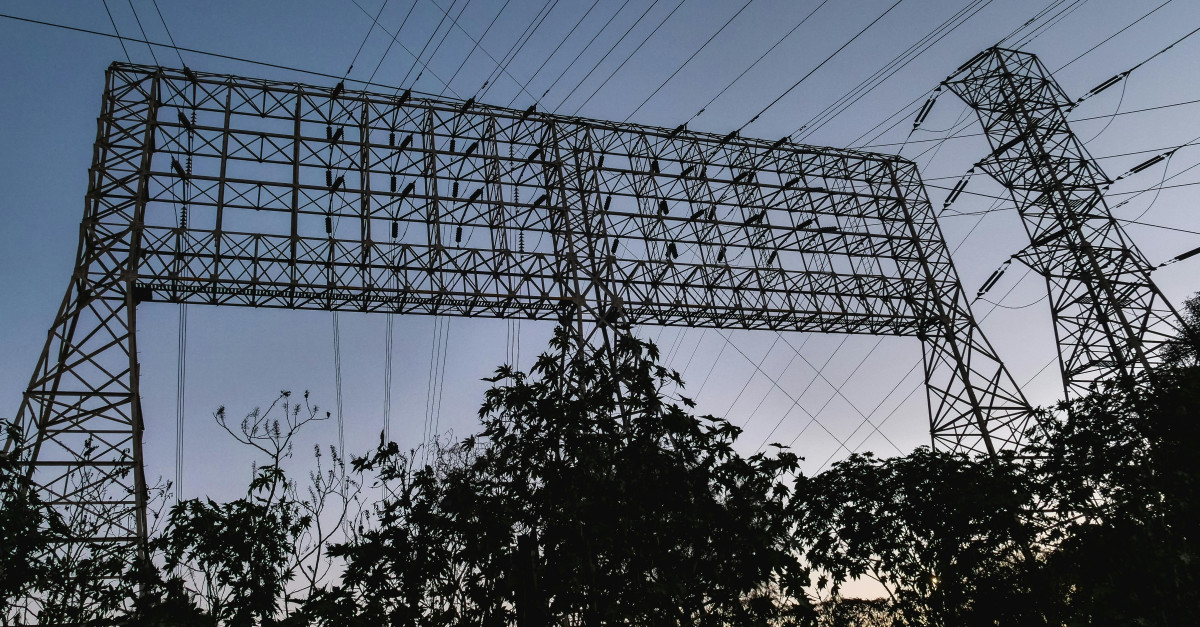Dawn Comes Early
The night of September 1, 1859 was a memorable one. People all over the United States and the rest of the world were able to witness the aurora borealis for the first time. Normally a feature of the northern latitudes, that night the auroras were visible as far south as Cuba, Panama, and Colombia, a most unusual occurrence. But the pretty view of the night sky was really a product of our turbulent and dynamic solar system.
A System-Wide Shut Down
The only telecommunications system in use in 1859 was the telegraph. Using Morse code through a system of wires, operators communicated by tapping Morse keys and listening through headphones to collect the incoming signals. But something was radically wrong on that September evening.
Burns And Shocks
Some telegraph operators reported being showered with sparks while receiving burns and shocks. While most operators couldn’t communicate, there were some who later reported being able to transmit and receive messages with their power shut off. Meanwhile, a pair of amateur astronomers in England were hard at work recording their observations of the sun. It was like nothing they’d seen before.
Discovery Of Solar Flares
Richard Carrington and Richard Hodgson had both recorded their observations of several sunspots. They published their findings separately in a journal of the Royal Astronomical Society. An American mathematician named Elias Loomis published his findings of an intense disturbance in the Earth’s magnetic field and the two events were later correlated, leading to a better understanding of planet Earth and the enormous solar storm that had caused the disruption.
What If A Similar Event Happened Today?
We are far more dependent on telecommunications technology than the people of 1859 were. A solar storm of the same intensity as the Carrington flare would wreak havoc on GPS systems and any other communications that depend on satellite technology. Worse, the sudden pulse of energy could induce currents in power lines that would knock out transformers and power supplies. How prepared are we for a solar megastorm?
Keeping The World Up And Running
Scientists understand a lot more about solar storms than they used to and can use technology to predict an intense solar storm within a few hours of its occurrence. While there are some strategies in place to mitigate the effects of regular minor solar flare activity, the effects of a Carrington Event today are hard to predict. Lloyd’s of London reported in 2013 that such an event could even lead to large scale disruptions in services and potential widespread social unrest. That’s not encouraging! But how soon can we expect the next Carrington-sized event?
A Star’s Time Scale
According to a paper published in the Astrophysical Journal in 2021, events of the magnitude of 10 times the power of the Carrington Event should be expected once every 3,000 years. In the meantime, a solar flare in 2012 was at least as strong as the Carrington but narrowly missed Earth. Had it hit home, it would have caused $2 trillion in damage. Whatever the case, it's fair to say that it’s only a matter of time before the next Big One!
You May Also Like:
42 Treacherous Facts About History’s Worst Natural Disasters
Earth-Shaking Facts About Natural Disasters














